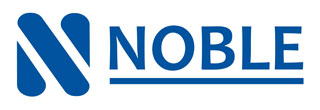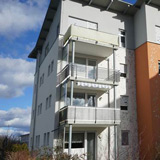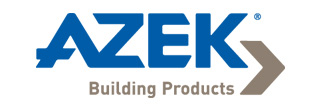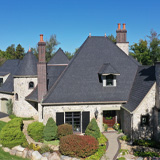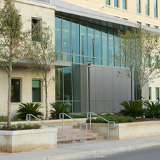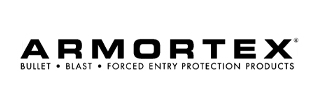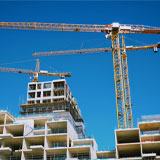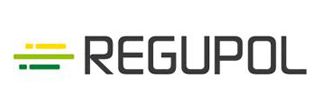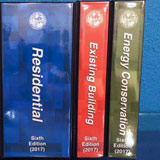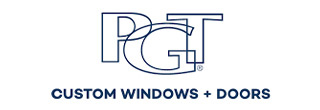JOIN US EACH AFTERNOON • FREE TO ATTEND!
Web-Series for Georgia, Florida, North Carolina, & South Carolina

Web-Series for Georgia, Florida, North Carolina, & South Carolina
Event Dates
Monday, October 26 | Tuesday, October 27 | Wednesday, October 28 | Thursday, October 29 | Friday, October 30
Available Credits
12 AIA HSW/LU CE Hour(s)
2 FABC CE Hour
2 GBCI General Hour
Event Agenda
Monday, October 26, 2020
Monday, October 26, 2020 | 11:00 am Central
|
Sponsored By PROSOCO 1 AIA HSW/LU CE Hour(s) 1 GBCI General Hour Learning Objectives:
|
Monday, October 26, 2020 | 1:00 pm Central
|
Sponsored By Case Systems 1 AIA HSW/LU CE Hour(s) 1 GBCI General Hour Learning Objectives:
|
Monday, October 26, 2020 | 2:00 pm Central
|
Sponsored By Ron Blank & Associates Inc. 1 AIA HSW/LU CE Hour(s) 1 GBCI General Hour Learning Objectives:
|
Tuesday, October 27, 2020
Tuesday, October 27, 2020 | 11:00 am Central
|
Sponsored By Homasote 1 AIA HSW/LU CE Hour(s) 1 GBCI General Hour Learning Objectives:
|
Tuesday, October 27, 2020 | 1:00 pm Central
|
Sponsored By Scranton Products 1 AIA HSW/LU CE Hour(s) Learning Objectives:
|
Tuesday, October 27, 2020 | 2:00 pm Central
|
Sponsored By Wolf Home Products 1 AIA HSW/LU CE Hour(s) Learning Objectives:
|
Wednesday, October 28, 2020
Wednesday, October 28, 2020 | 11:00 am Central
|
Sponsored By Noble Company 1 AIA HSW/LU CE Hour(s) 1 IDCEC HSW CEU(s) Learning Objectives:
|
Wednesday, October 28, 2020 | 1:00 pm Central
|
Sponsored By AZEK Building Products Presented By Nat Whitehurst 1 AIA HSW/LU CE Hour(s) Learning Objectives:
|
Wednesday, October 28, 2020 | 2:00 pm Central
|
Sponsored By DaVinci Roofscapes 1 AIA HSW/LU CE Hour(s) Learning Objectives:
|
Thursday, October 29, 2020
Thursday, October 29, 2020 | 1:00 pm Central
|
Sponsored By Armortex 1 AIA HSW/LU CE Hour(s) Learning Objectives:
|
Thursday, October 29, 2020 | 2:00 pm Central
|
Sponsored By Regupol America LLC 1 AIA HSW/LU CE Hour(s) 1 GBCI General Hour Learning Objectives:
|
Friday, October 30, 2020
Friday, October 30, 2020 | 1:00 pm Central
|
Sponsored By PGT Custom Windows & Doors 2 AIA HSW/LU CE Hour(s) 2 FABC CE Hour Learning Objectives:
|
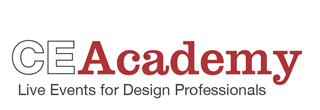
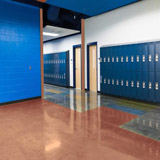
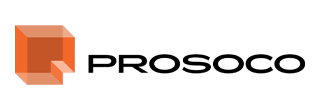
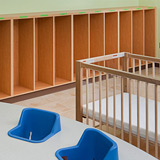


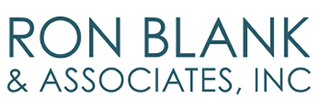

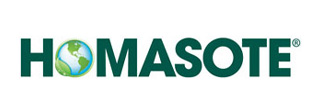
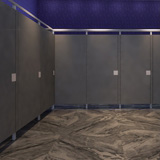

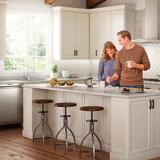

.jpg)
